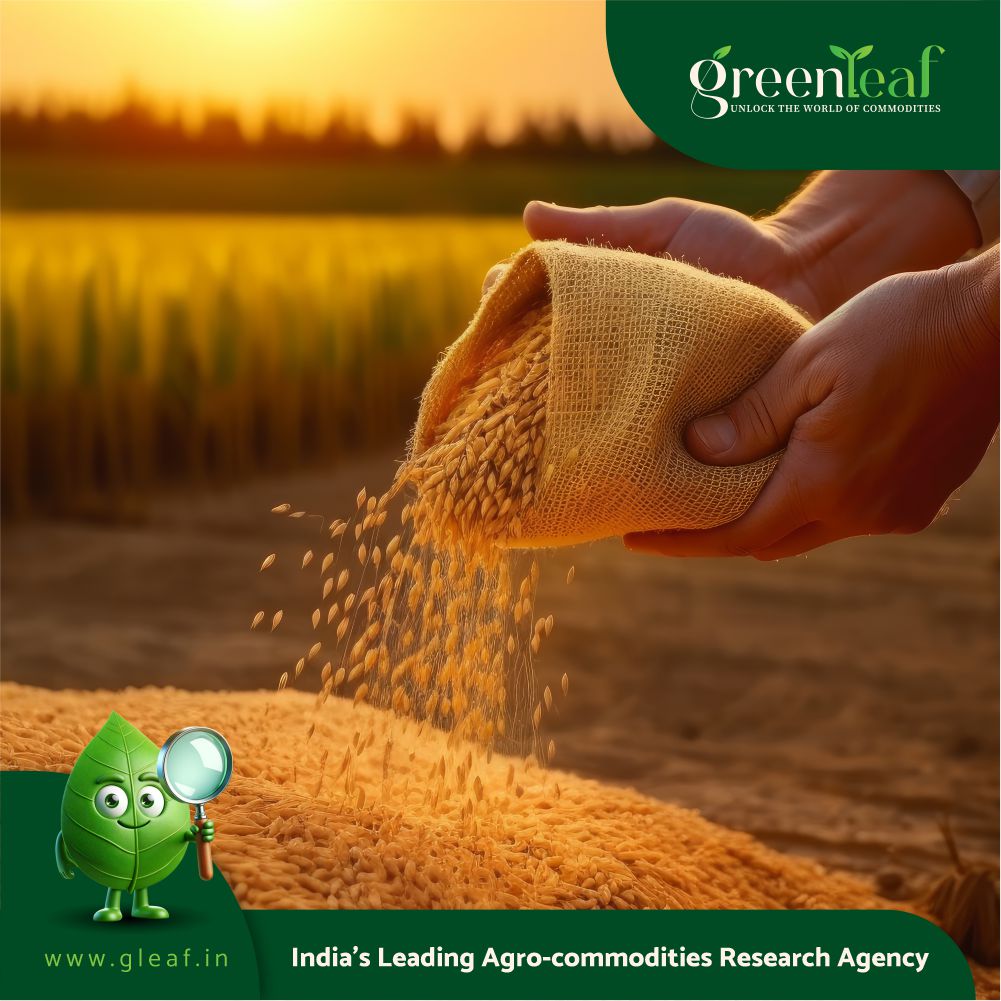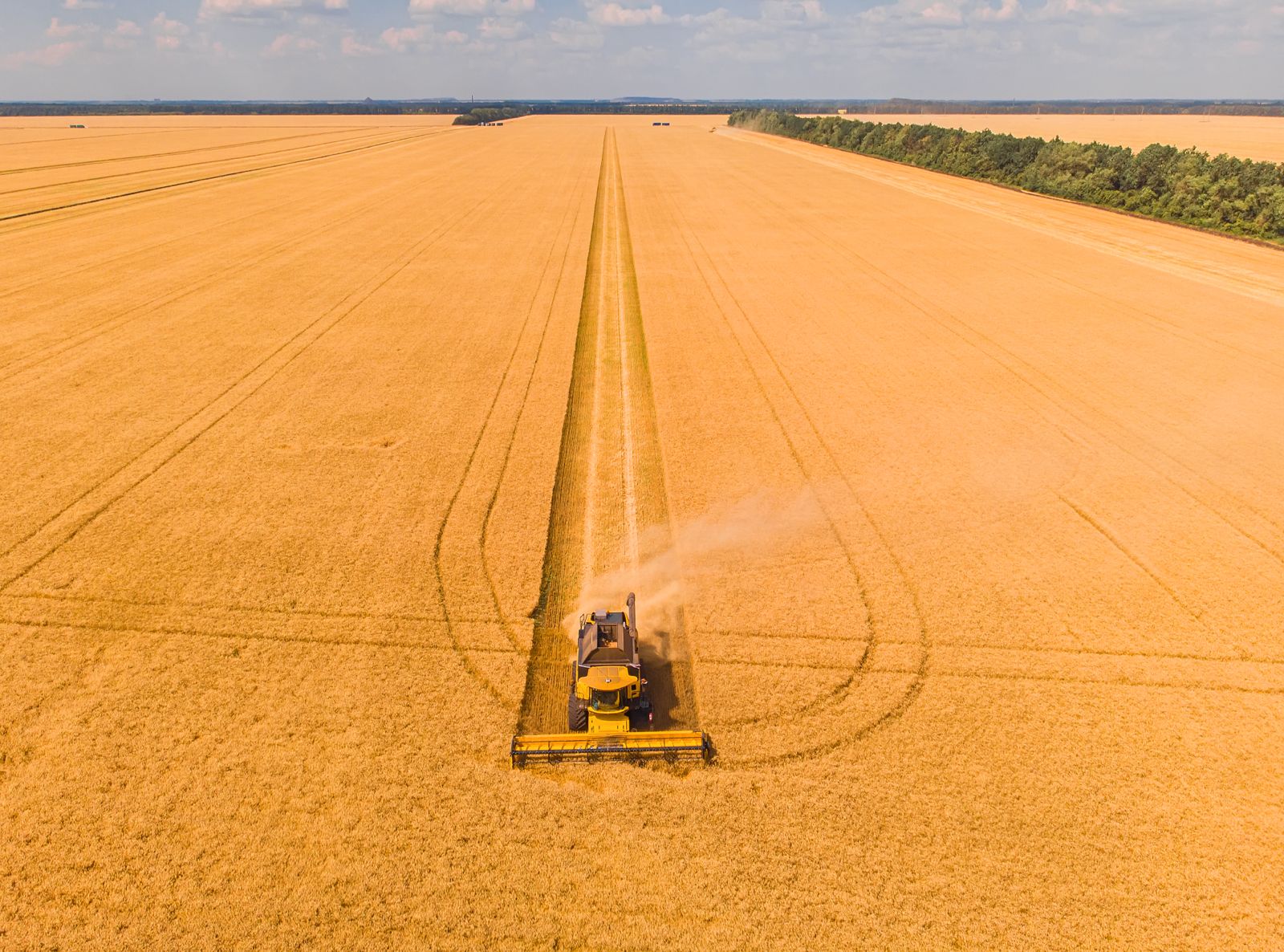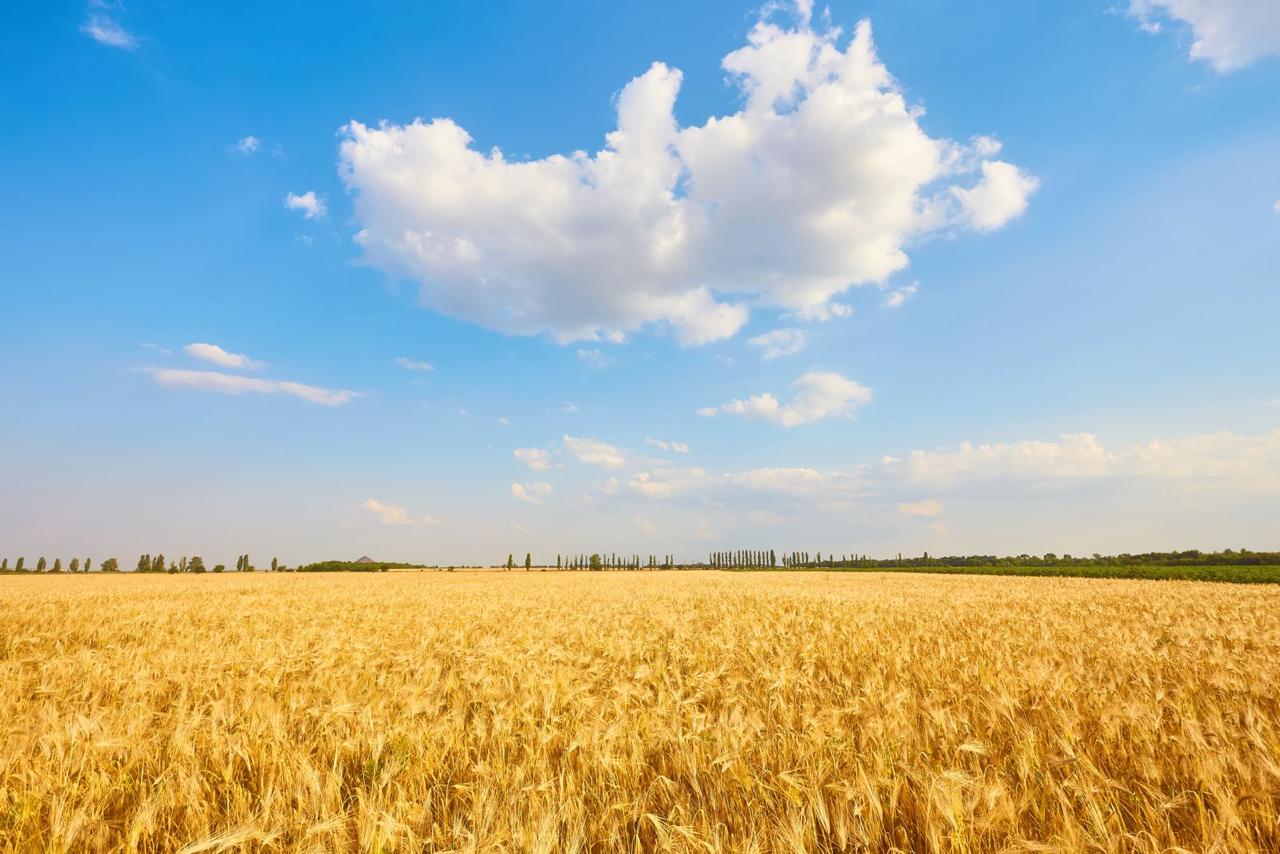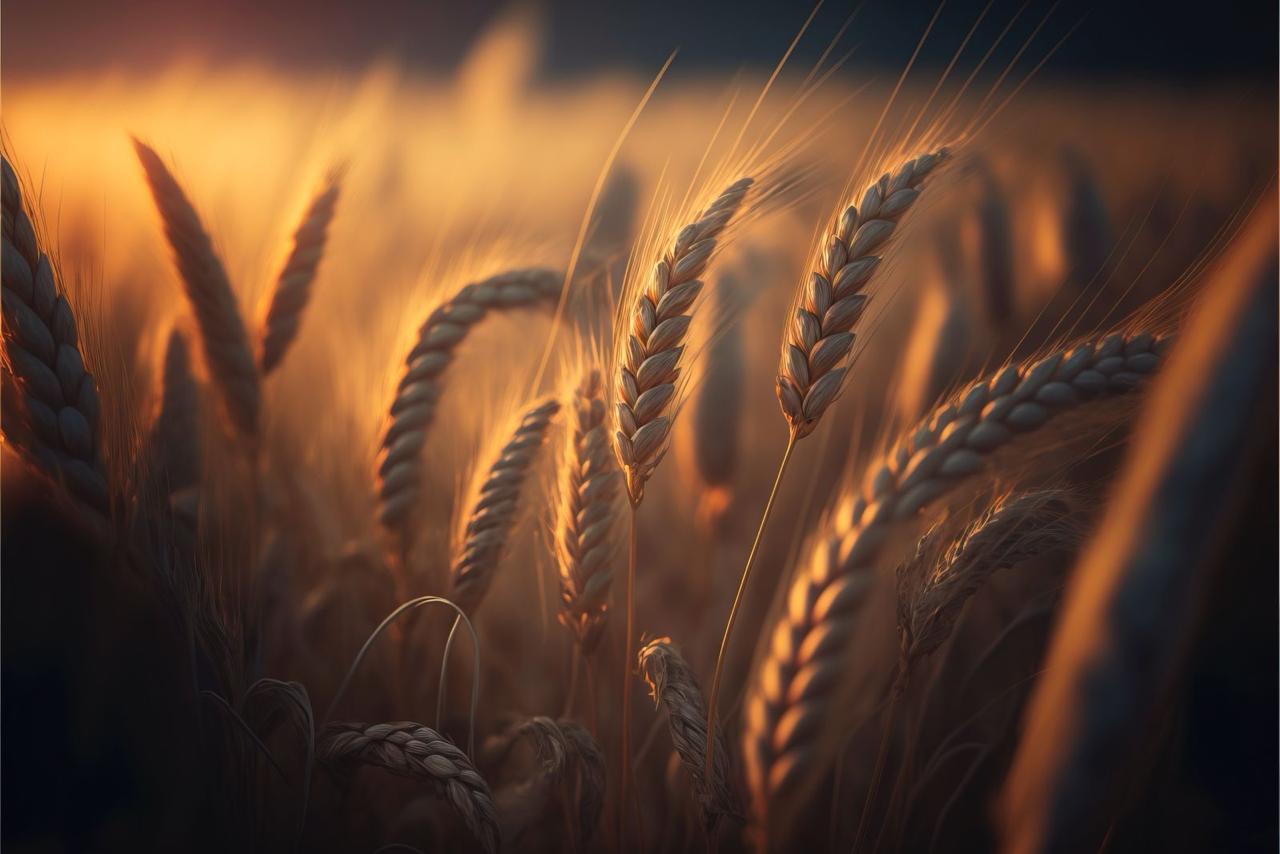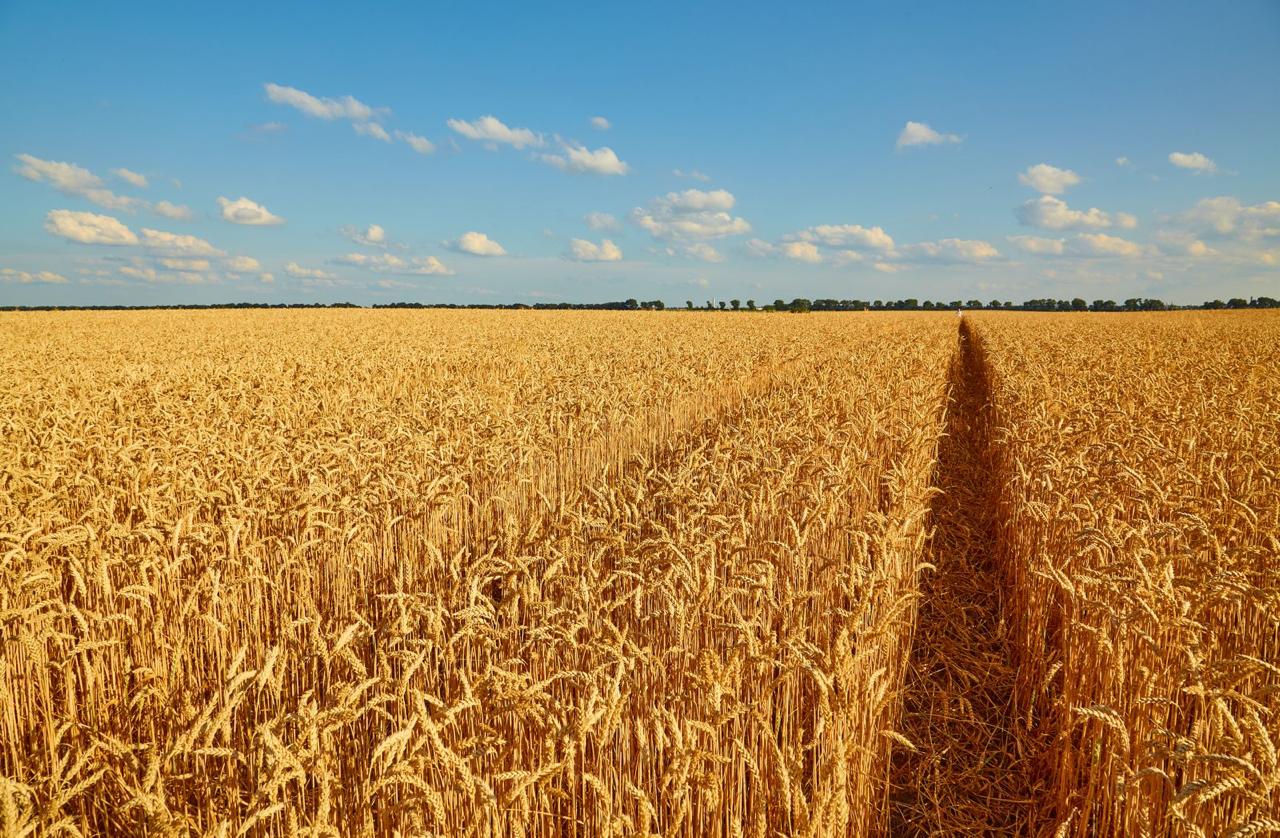The Centre’s outgo on subsidies is budgeted to decline to a five-year-low in 2024-25, both in absolute terms and as a percentage of gross domestic product (GDP). This is despite no increases in the prices of fertilisers for farmers or that of foodgrains sold through the public distribution system (PDS).
The subsidy bill peaked at Rs 758,165 crore (3.8 per cent of GDP) in 2020-21, which is expected to fall to Rs 428,423 crore (1.3 per cent) in the current year. The lower spend is on account of two factors.
The first is the discontinuation of the free, additional 5-kg grain allocation to the 80 acre-plus PDS beneficiaries under the Pradhan Mantri Garib Kalyan Anna Yojana. The extra rice or wheat – over and above the regular 5 kg/person/month PDS quota – was given during the post-Covid period from April 2020 to December 2022. That ended from January 2023.
With the annual grain offtake through the PDS and other schemes falling – from 93.7 million tonnes (mt) in 2020-21, 105.8 mt in 2021-22 and 93.1 mt in 2022-23, to 67.7 mt in 2023-24 and a projected 61.1 mt in 2024-25 – and the government’s procurement as well as stocks in godowns declining (translating into reduced carrying cost of buffer beyond operational requirements), the food subsidy is budgeted at just Rs 205,250 crore this fiscal.
The subsidy hit an all-time-high of Rs 541,330 crore in 2020-21, when the Finance Minister Nirmala Sitharaman also made a one-time provision to enable the Food Corporation of India (FCI) repay some Rs 339,236 crore of outstanding loans taken from the National Small Savings Fund. Previously, the Centre wasn’t wholly funding the subsidy, arising from the difference between the FCI’s economic cost (what it incurs in procuring, distributing and storing grain) and its average issue price. This gap had to, then, be bridged through borrowings. FCI’s economic cost is Rs 39.75/kg for rice and Rs 27.74/kg for wheat, while the same grains are being issued entirely free to PDS beneficiaries.
The second major driver for the Centre’s lower overall subsidy provision is fertiliser. At Rs 164,000 crore, the budgeted fertiliser subsidy for 2024-25 is down from the record Rs 251,339 crore of 2022-23, which resulted from high global prices following Russia’s invasion of Ukraine.
Landed prices of imported urea, di-ammonium phosphate (DAP) and muriate of potash (MOP) are currently at around $350, $560 and $280 per tonne, as against their corresponding recent highs of $900-1,000 (in November-January 2021-22), $950-960 (July 2022) and $590 (till March 2023).
Even prices of key inputs, phosphoric acid and ammonia, have eased to $950 and $380 per tonne, from their peaks of $1,715 (July-September 2022) and $1,575 (April 2022). “The budget has provided Rs 118,999.80 crore towards urea subsidy and Rs 45,000 crore for other fertilisers. But with global prices of DAP hardening (towards $600/tonne), the latter figure could rise. The overall subsidy requirement may, however, not increase if urea and natural gas prices hover at current levels,” said N Suresh Krishnan, chairman of the Fertiliser Association of India.The fertiliser supply situation is comfortable for now with planting of kharif crops in full swing. There could be an availability problem in respect of DAP for the coming rabi (winter-spring) season. “I expect some shift happening from DAP to NPK complex fertilisers due to that,” added Krishnan.

